Symmetric Circuit
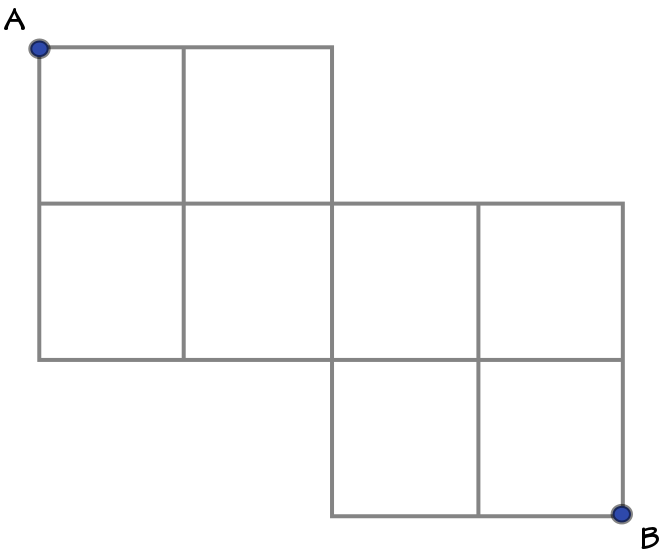
Suppose each section of wire between nodes in the circuit above has a resistance of
If the equivalent resistance between points and can be represented as where and are coprime positive integers, find
The answer is 105.
This section requires Javascript.
You are seeing this because something didn't load right. We suggest you, (a) try
refreshing the page, (b) enabling javascript if it is disabled on your browser and,
finally, (c)
loading the
non-javascript version of this page
. We're sorry about the hassle.
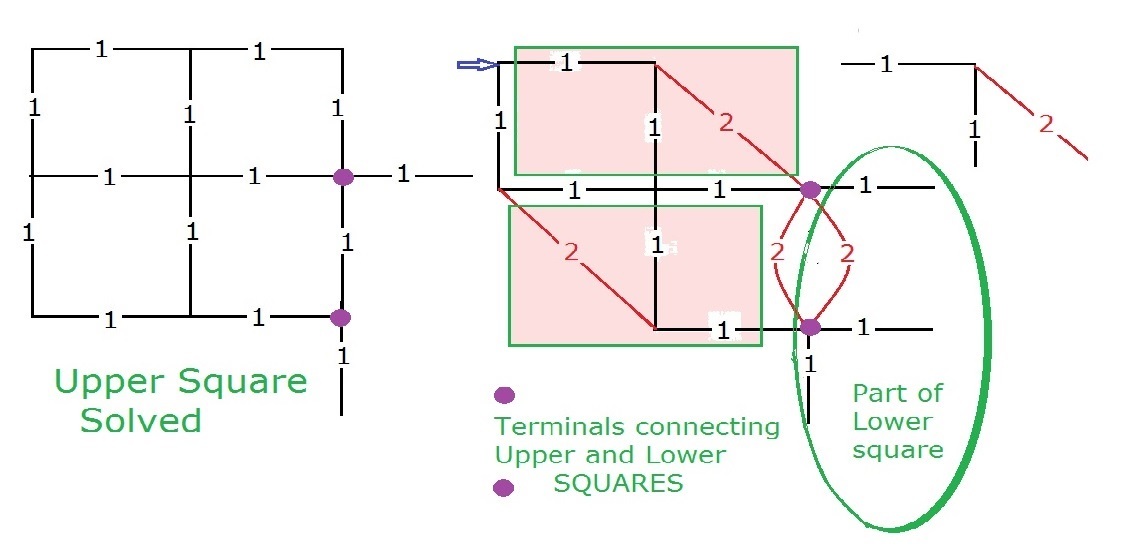
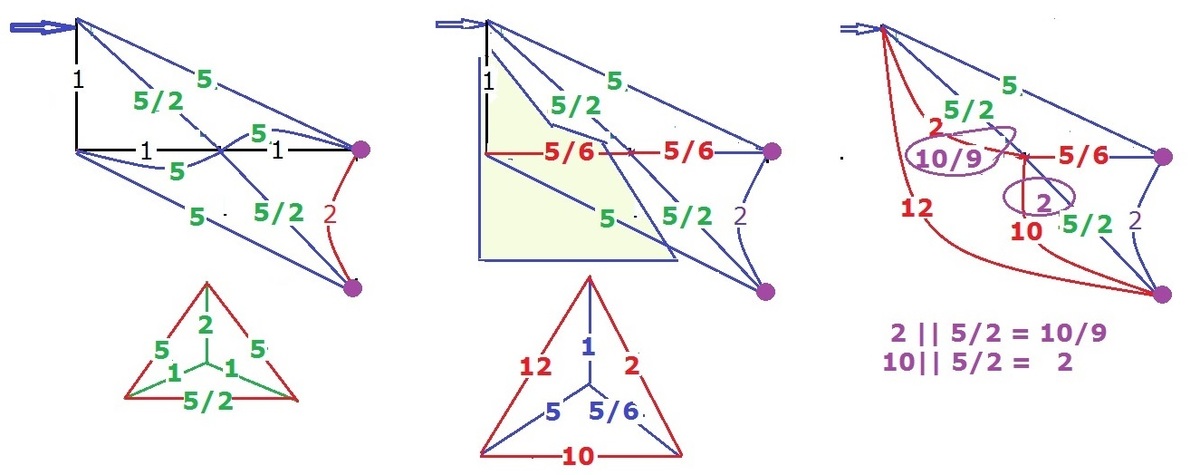
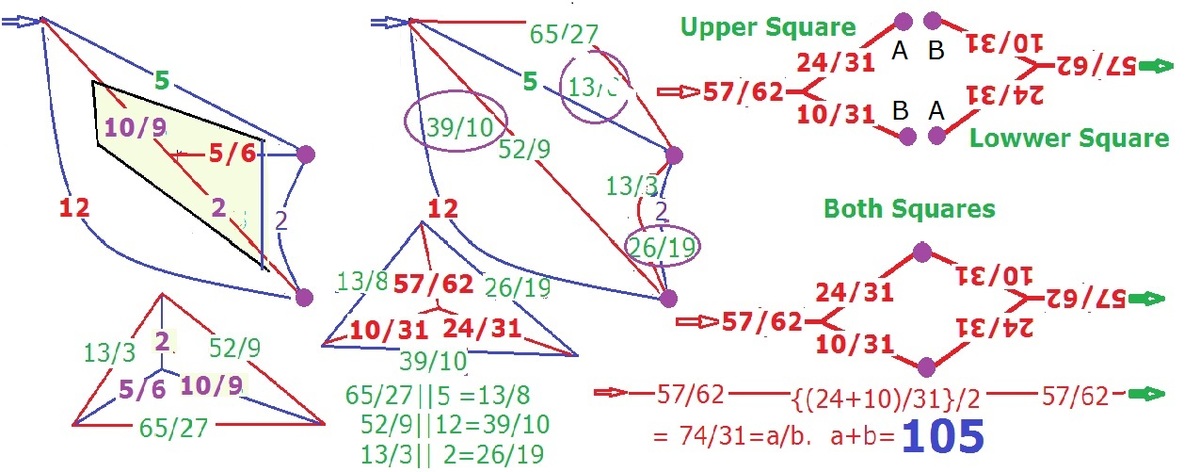
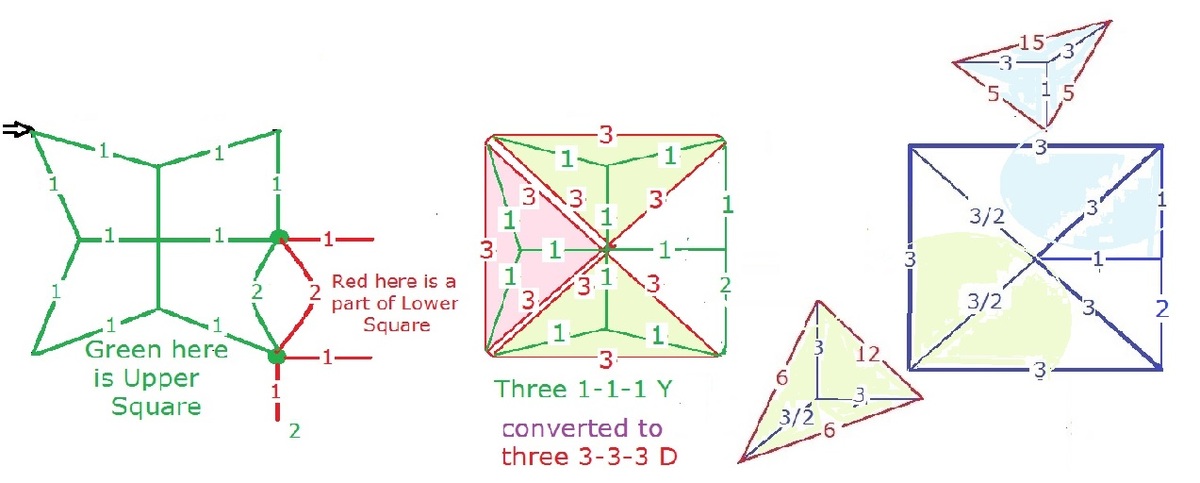
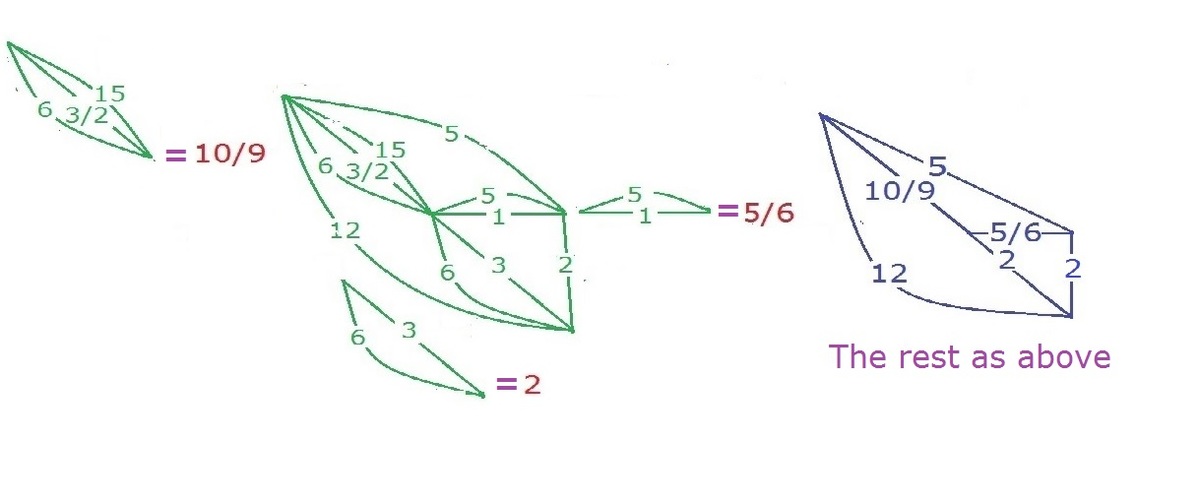
Three resistors can be joined together to form the following two circuits as shown below.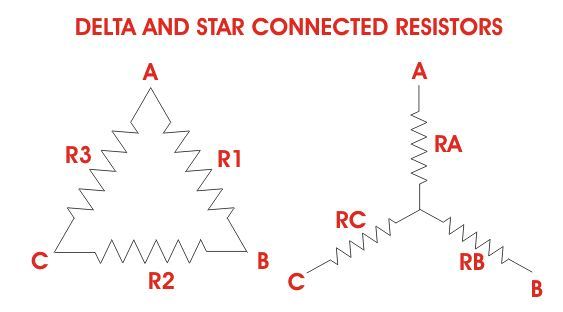
The circuit on the left is called the delta and the one on right is called star or Y form. Interestingly, these two forms are interconvertible by using the following formulas.
To convert star form into delta form
R 1 = R C R A R B + R B R C + R C R A R 2 = R A R A R B + R B R C + R C R A R 3 = R B R A R B + R B R C + R C R A To convert delta into star form
R A = R 1 + R 2 + R 3 R 1 R 3 R B = R 1 + R 2 + R 3 R 1 R 2 R C = R 1 + R 2 + R 3 R 2 R 3
The circuit given in the problem can be solved by converting these two forms into each other.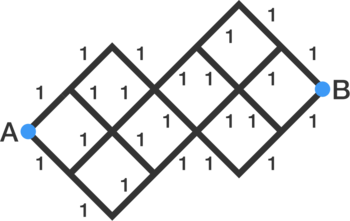
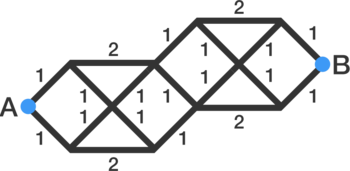
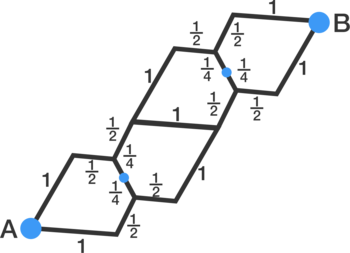
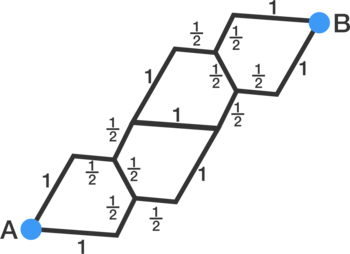
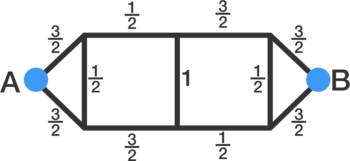
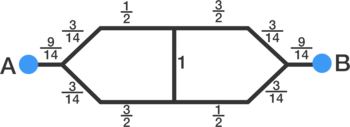





Combining the resistors in series.
Converting the delta forms (the triangles) into the star forms.
Combining the resistors in series.
Converting the delta forms (the triangles) into the star forms.
Combining the resistors in series.
Converting the delta forms (the triangles) into the star forms.
Combining the resistors in series.
Combining the resistors in parallel.
Combining the resistors in series.
Comparing the equivalent resistance, b a = 3 1 7 4 .
Therefore, a = 7 4 and b = 3 1 .
a + b = 7 4 + 3 1 = 1 0 5 .